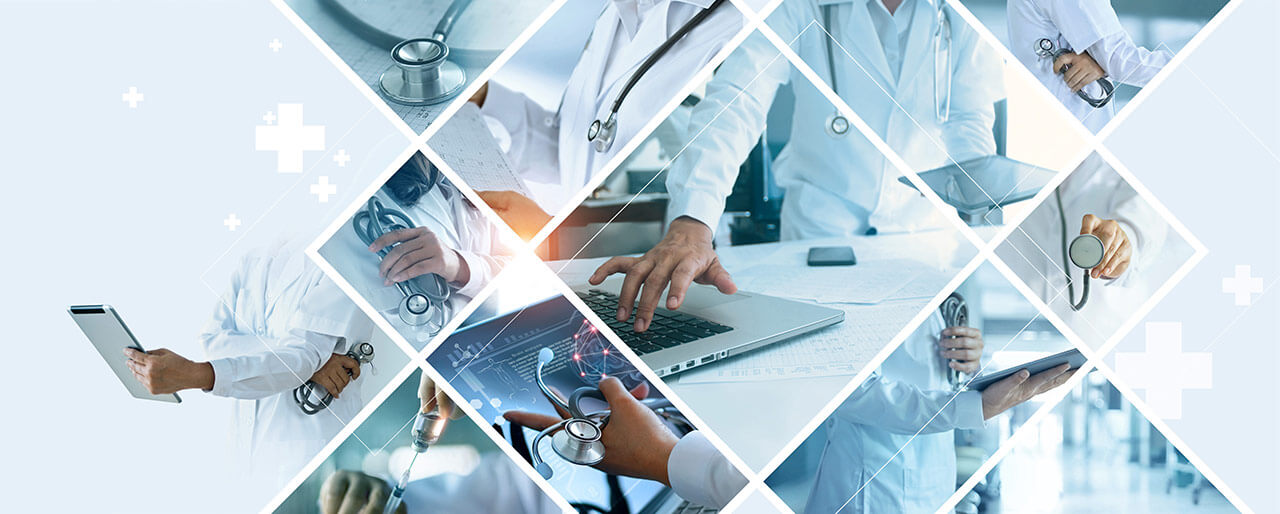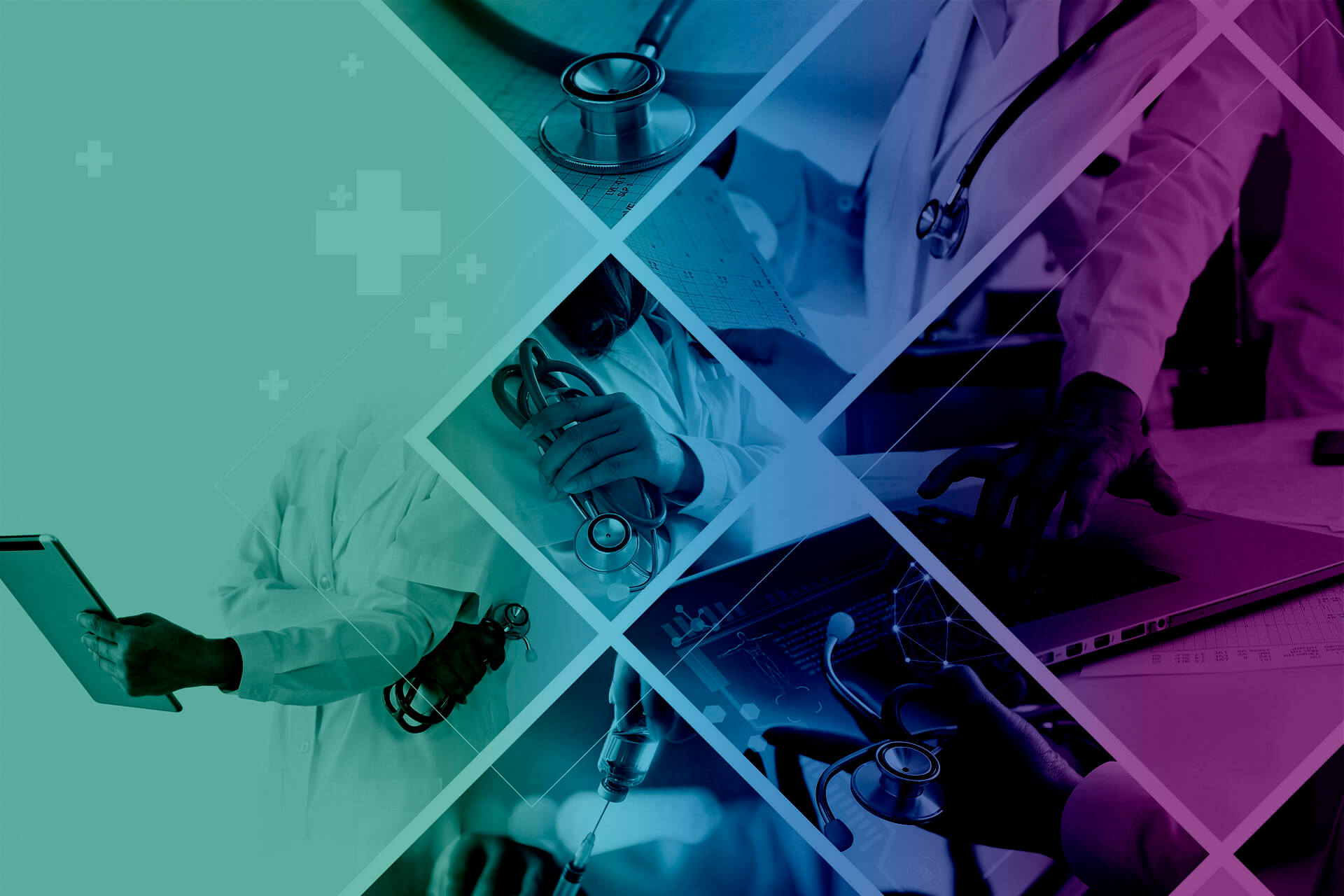The daily life of hospitals and any type of health centre is mainly focused on patient medical care. However, beyond people, there are also a series of factors that are part of hospital management and that we cannot ignore.
One of the elements that has gained the most weight recently has been that related to sensitive data that is collected in hospitals and health centres and that, although indirectly, also contributes to good patient care and proper functioning both from a medical and organizational point of view. For example: hospital data networks. Let’s talk about all of this in this article.
What are hospital data networks?
A data network is a system used for communication and exchange of information between people or organizations, from one point to another thanks to transmission lines, system control, etc. Thus, we mainly have two types of networks:
• Broadcast networks: information is transmitted from one node to several simultaneously.
• Point-to-point networks: Each transmitter maintains communication with a receiver.
On the other hand, we must also pay attention to the main methodologies used to transmit data network signals:
• Circuit switching: Before communication between nodes, a communication channel is established through the network.
• Message switching: The message is transmitted from one switch to another. Each switch receives it, stores it, and reads it before transmitting it to the next.
• Packet switching: Each message is broken down and grouped into packets that are transmitted over the digital network at the highest possible speed. When it reaches its destination, the message in each packet is put back together.
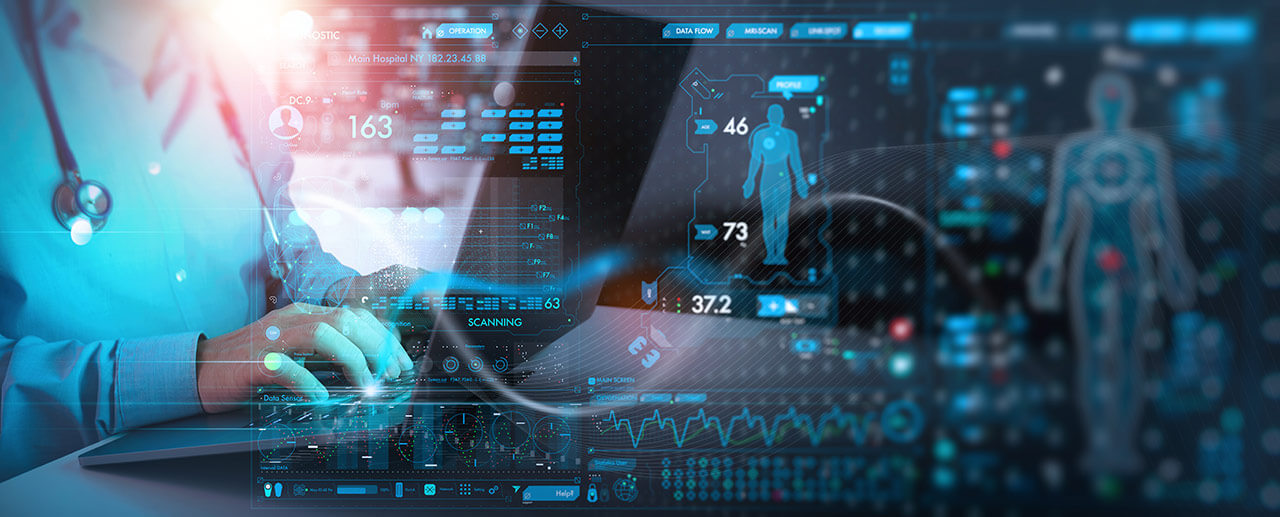
5 advantages of data networks
Having a hospital data network is vital for the proper functioning of a health centre as it facilitates and allows, in the fastest and most direct way possible, the transmission of all types of communication.
Next, we mention some advantages of implementing a data network architecture, not only in hospitals, but in any type of organization:
1. Allows sharing of resources
Thanks to the data network it is possible to share any type of information and resources such as the Internet, printers, computers, etc.
2. Opportunity of quick and agile communication
With the use of emails or online file transfers, it is possible to use the data network to connect computers and make communication more fluid and easy.
3. It favours collaboration
between people or users from different teams, places and departments remotely.
4. Allows centralized storage
The software copy is stored centrally in a single resource. Users with access credentials can remotely access a backup copy of said software.
5. A central database is shared
and can be accessed by any member of the organization through the data networks and with their access credentials.
What is big data used for in health?
When we mention the health sector, most people think of hospitals or health centres, patients, doctors, etc. However, activity in any type of health centre would not be possible without the use of information and big data.
Medical history, medical prescriptions, visit schedule, test results… In the health sector there are countless data sources that provide us with information about patients, their illnesses, medical centres, etc. Collecting and storing all this information is a fundamental step for patient care and the proper functioning of a hospital or health centre.
Decades ago, most of these files were consulted in print. Fortunately, the health sector has also evolved and adapted to technology. Nowadays, thanks to big data, all kinds of data can be consulted online. In addition, certain big data techniques also allow us to go a step further and offer telemedicine systems or predictive models to offer more personalized and efficient medical care, while optimizing resources and reducing costs.
At this point, we also have to mention the blockchain, which plays a key role in the health sector. Blockchain networks, in addition to allowing transactions to be carried out in complete safety, are very useful today to face great challenges such as, for example, the segmentation of medical data, the management and security of sensitive stored data or the falsification of documents.
In short, blockchain technology in the field of health focuses on ensuring that computer and information systems facilitate the exchange of health data in an efficient and secure way but also focus on the patient who, after all, , is the main actor in any scenario in the field of health.
“Certain big data techniques also allow us to go a step further and offer telemedicine systems or predictive models to offer more personalized and efficient medical care, while optimizing resources and reducing costs.”
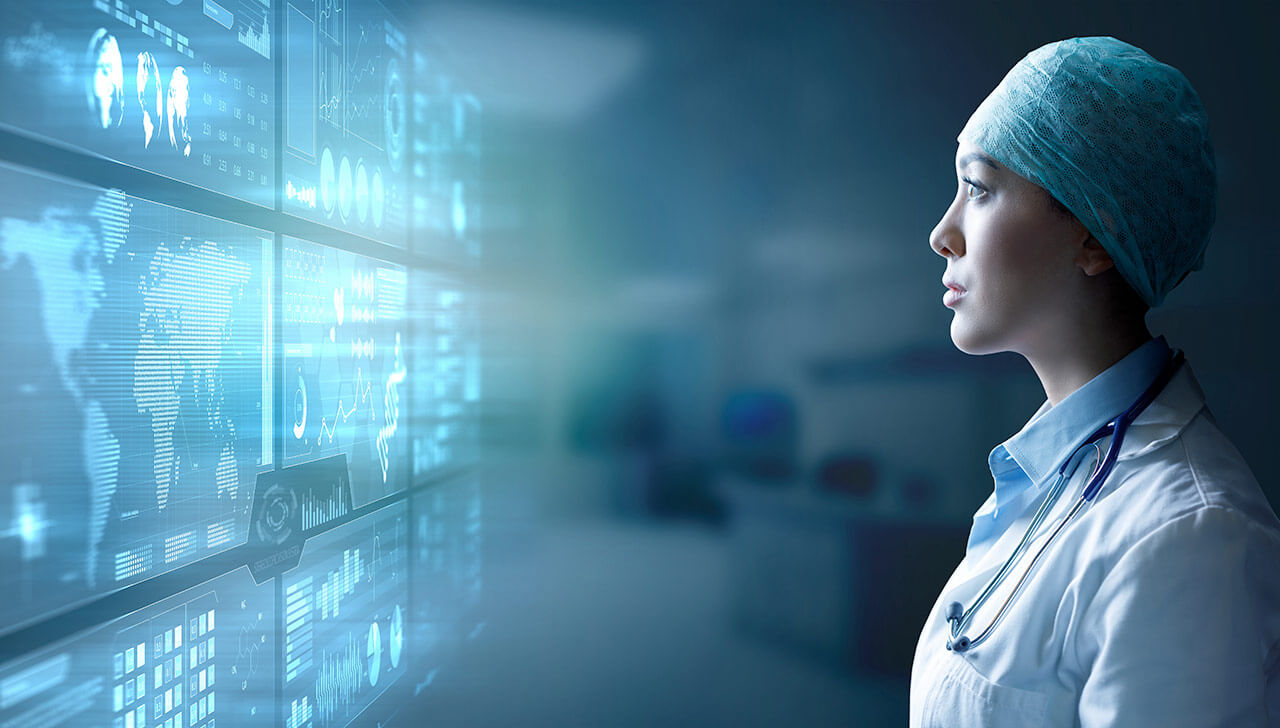
Data protection: an imperative for health centre and a right for patients
Data protection is one of the rights that patients have. In fact, data related to a person’s health or clinical history is considered sensitive information, so its protection is especially important and is imperative for health centres and organizations.
From hospitals to clinics or medical centres… Any centre in the field of health must comply by law with a whole series of requirements related to the treatment of information or medical data of patients. That is, they have to comply with the RGPD and the LOPDGDD.
What are the main health data?
The clinical history is for a patient practically what the DNI is for a person. It is a medical-legal document that collects all the information related to the patient’s health or treatments to offer personalized care based on their needs and health status.
In the clinical history there is information on all kinds. From admission records to emergency reports, physical examinations, medical orders, treatments, information on the evolution of the patient’s condition or discharge records, among many other data.
Considering that the clinical history collects such sensitive information about the patient, it is not surprising that access to this personal and confidential documentation is limited to the medical personnel who are responsible for the care and treatment of the patient.
In this sense, it is worth remembering what the General Data Protection Regulation indicates in article 4.15, where it states that personal data related to health are all those “related to the physical or mental health of a natural person, including the provision of health care services, which reveal information about their state of health”.
On the other hand, among the data that is collected and stored in the health field, there is also information related to human resources (payroll, personnel, etc), tax and accounting, video surveillance, or incidents, etc.
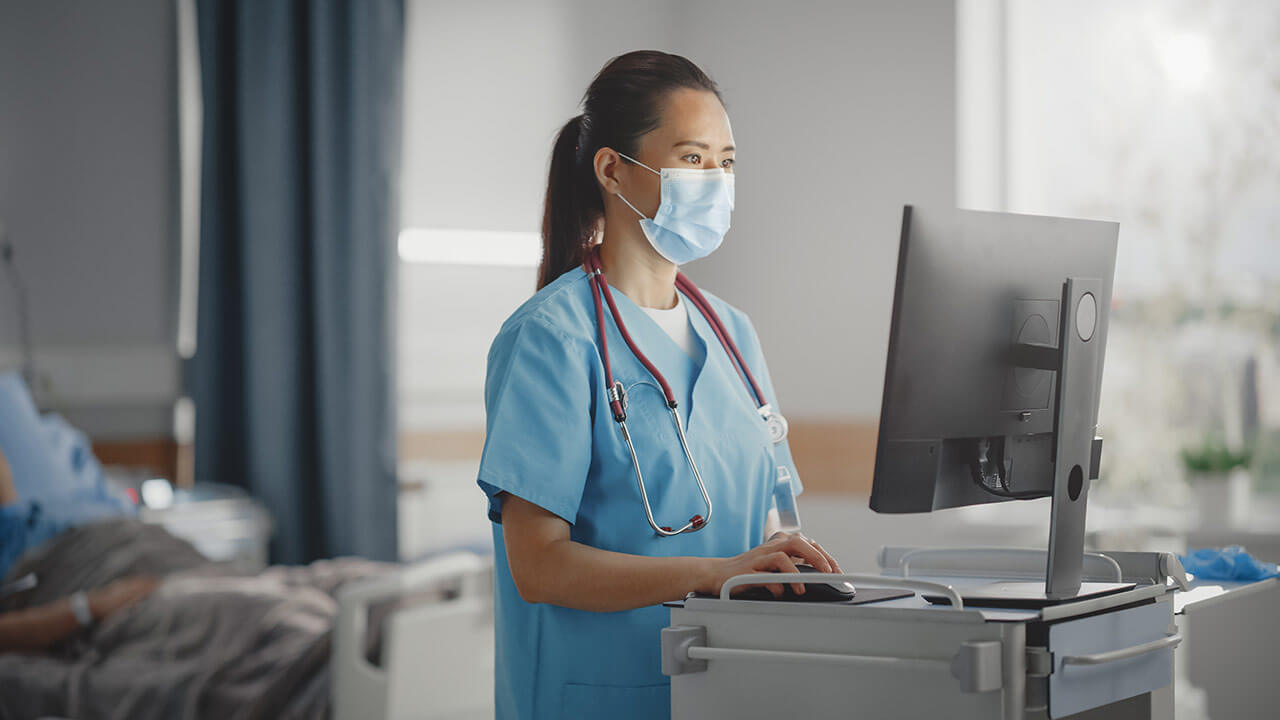
3 key aspects in the protection of data in the field of health
We have already commented previously that information about patients is considered sensitive, therefore, respect and discretion regarding it must be of high levels. In this sense, the use and protection of health data is based on 3 key aspects mentioned below:
1. The patient’s consent
2. Data processing
3. Inform the patient about their data
Electrical safety as a data protection tool
Electrical safety in hospitals is a matter of absolute priority to avoid electrical problems that may harm the operation of the health centre and the health of patients.
Considering that the data related to the patient is a fundamental part of any medical action, intervention or treatment, keeping it safe and under all security measures, including electricity, is of vital importance.
Hospitals and health centres generate and collect medical information daily that is stored, displayed and modified through electronic medical equipment. Therefore, it is important not to ignore the electrical safety standards in hospitals. Failure to do so is a risk insofar as not being able to consult the patient’s medical history can expose you to possible risks, hinder medical work, or even jeopardize the patient’s treatment and its effectiveness and recovery.
